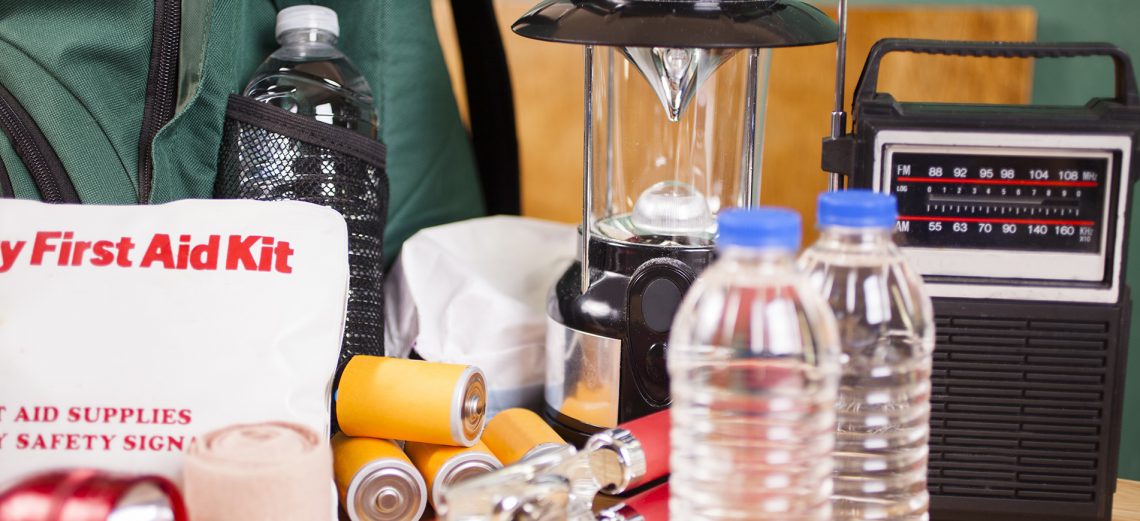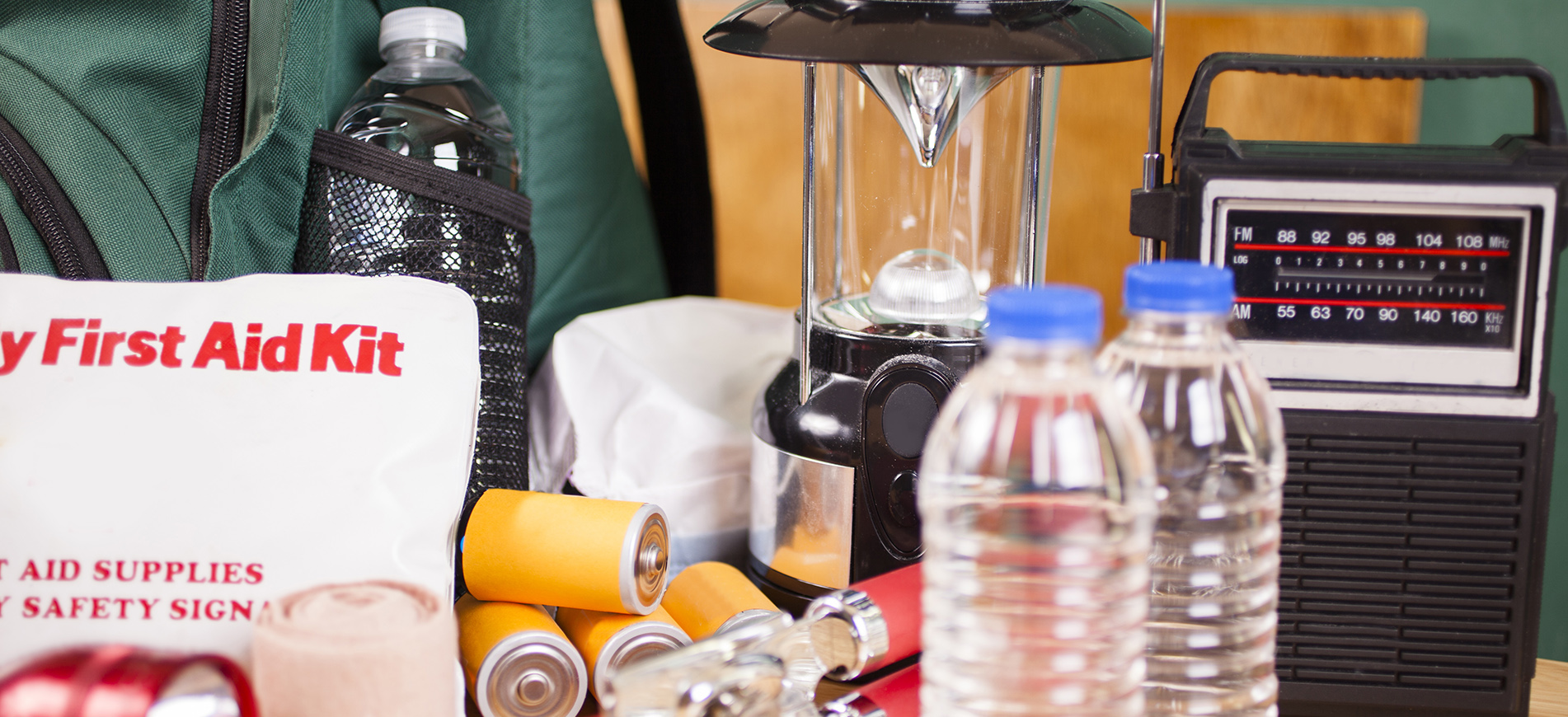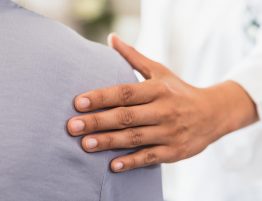

The COVID-19 pandemic has shown that all homes should be prepared for natural disasters by making an emergency plan and stocking up on essential supplies. Since your family may not be together if a disaster strikes, it’s important to know which types of disasters could affect your area. Know how you’ll contact one another and reconnect if separated. At a minimum you should establish a family meeting place that’s familiar and easy to find.
Here is a four step plan, as advised by the Department of Homeland Security, to be prepared if a disaster strikes your area:
Step 1: Put a plan together by discussing the questions below with your family, friends or household.
-
-
- How will I receive emergency alerts and warnings?
- What is my shelter plan?
- What is my evacuation route?
- What is my family/household communication plan?
- Do I need to update my emergency preparedness kit?
- Get cloth face coverings (for everyone over 2 years old.
-
Step 2: Consider the specific needs in your household.
-
-
- As you prepare your plan tailor your needs and supplies for your family.
-
Step 3: Fill out a Family Emergency Plan
-
-
- Complete a family emergency plan and use as a guide to when disaster strikes. A sample plan can be downloaded on the Homeland Security website
-
Step 4: Practice your plan with your family/household
-
-
- After an emergency, you may need to survive on your own for several days. Being prepared means having your own food, water and other supplies to last for at least 72 hours. A disaster supplies kit is a collection of basic items your household may need in the event of an emergency.
-
Make sure your emergency kit is stocked with the items on the checklist below. Most of the items are inexpensive and easy to find and any one of them could save your life.
Basic Disaster Supplies Kit
A basic emergency supply kit could include the following recommended items:
-
-
- Water (one gallon per person per day for at least three days, for drinking and sanitation)
- Food (at least a three-day supply of non-perishable food)
- Battery-powered or hand crank radio and a NOAA Weather Radio with tone alert
- Flashlight
- First aid kit
- Extra batteries
- Whistle (to signal for help)
- Face masks
- Plastic sheeting and duct tape (to shelter in place)
- Moist towelettes, garbage bags and plastic ties (for personal sanitation)
- Wrench or pliers (to turn off utilities)
- Manual can opener (for food)
- Cell phone with chargers and a backup battery
-
To assemble your kit store items in airtight plastic bags and put your entire disaster supplies kit in one or two easy-to-carry containers such as plastic bins or a duffel bag. After assembling your kit remember to maintain it so it’s ready when needed. Since you do not know where you will be when an emergency occurs, prepare supplies for home, work and cars. For further information and ideas, visit the Homeland Security website at https://www.ready.gov/.








